Special Education Provision and Services
3.1 Introduction
Lecture three introduces you to another category of individuals with special needs. It explains what hearing impairment is, what the causes are, how to identify children with hearing impairment and how to accommodate them in the classroom.
| OBJECTIVES OF THE LECTURE
At the end of this lecture, students should be able to: 1. Define hearing impairment. and types of hearing loss 2. List different causes of hearing impairment. 3. Explain the identification process of the hearing impaired individuals.
4. Discuss instructional strategies to help the hearing impaired in the classroom. |
3.2 Hearing Impairment (HI)
Hearing impairment is variously defined and classified. Kirk, et al, (2003), said that, the most common classification is between deaf and hard of hearing. Hallahan and Kauffman (1994) add that, the two terms are defined differently by different professionals, those with physiological orientation and those with educational orientation.
The physiological viewpoint is primarily interested in the measurable degree of hearing loss that is a child who cannot hear sounds at or above a certain intensity level is classified as a deaf while those with a hearing loss are considered as hard of hearing. Educational viewpoint is concerned with how much the hearing loss is likely to affect the child’s ability to speak and develop language. However, the commonly accepted definitions reflect the educational orientation
Hearing impairment means an impairment in hearing, whether permanent or fluctuating, that adversely affects a child’s educational performance. Hearing impairment range in severity from mild to profound and it includes the subset of deafness and hard of hearing. A deaf person is one who’s hearing disability precludes successful processing linguistic information through audition, with or without hearing aids.
A hard of hearing person is one who, generally with the use of a hearing aid, has residual hearing sufficient to enable successful processing linguistic information through audition. Hallahan and Kauffman (1994), explain that severity of hearing impairment is determined by the individual reception of sound by decibels (dB) for example; 15-20 decibels
(slight hearing loss), 25-40 decibels (mild hearing loss), 40-65 decibels (moderate hearing loss), 65-95 decibels (severe hearing loss) and 95+ decibels (profound hearing loss). Hearing loss can also be classified into conductive hearing loss, sensorineural hearing loss and mixed hearing loss.
Note: Conductive hearing loss is the condition usually mild, which occurs due to abnormality or complication of the outer ear or the middle ear while sensorineural hearing loss is a condition usually severe, which refers to the damage of the auditory nerve or other sensitive mechanisms in the inner ear. Further, mixed hearing loss is the hearing loss which results from the combination of conductive and sensorineural hearing impairment.
3.3 Causes of Hearing Loss
Causes of hearing loss are usually classified based on the location of the problem within the hearing mechanism. There are three major classifications:
3.3.1 Impairment in the Outer Ear
Impairment of the outer ear is not as serious as that of the middle and the inner ear though it can cause a person to be hard of hearing. This can be due to external otitis an infection of the skin of the external auditory canal. Tumours of the external auditory canal are another source of impairment.
3.3.2 Impairment in the Middle Ear
The most common problem of the middle ear is the otitis media an infection of the middle ear space caused by viral and bacterial factors, among others. It is primarily a disease of childhood not easy to detect, especially in infancy when it often occurs without symptoms.
3.3.3 Impairment in the Inner Ear
The most severe hearing impairment is associated with the inner ear. Causes of inner ear disorder can be hereditary or acquired. The most frequent cause of childhood deafness is hereditary. Acquired hearing losses of the inner ear include those due to bacterial infections (meningitis),
viral infections (mumps and measles), anoxia (deprivation of oxygen) at birth, and prenatal infections of the mother (maternal rubella, and congenital syphilis), Rh incompatibility, accidents, an unwanted side effect of some antibiotics and excessive noise level.
3.4 Identification and Assessment of Children with Hearing Loss
Children born with hearing loss have few signs to indicate the presence of the problem due to the fact that, early behaviours of the infants with hearing loss (severe or profound) may resemble the no impaired. Keen parents may observe occasions of unresponsiveness to sounds although the child may give random responses that appear to be in
response to external stimuli that suggests he is just fine. Therefore, it is important to identify a child through screening at birth or public health screening before they enter schools. Children with mild or moderate hearing losses often go unobserved until their academic performances indicate the problem; therefore school teacher should assist in the identification of children by observing the following characteristics in the child:
Physical problems associated with the ear; for example if the child is complaining of the earaches, running ears/discharging ears, heavy waxy build in the ears, strange ringing or buzzing in their ears.
- Poor articulation sounds particularly the omission of consonants sounds.
- Concentration on the face of the speaker to get information through lip reading.
- Frequent requests for repetition of what has just been saying.
- Turning of the head towards the speaker in efforts to hear well.
- Unresponsiveness or inattentiveness when spoken to in a normal voice.
- The reluctance in participating in oral activities.
NB: Hearing loss can be measured using pure-tone audiometry and behaviour observation audiometry. Pure-tone audiometry is the most common means of determining hearing loss in children about 3 years of age and above.
The audiometer (the instrument used for testing hearing acuity) presents pure tones to measure the frequency (vibration) which is measured in Hertz (Hz) and sound intensity (pitch) while behaviour observation audiometry is used to test hearing in children younger than 3 years of age.
The child is exposed to an environment full of attractive toys, and the observer notes the child’s reaction to the sound introduced in the room. Head-turning, eye blinking, smiles, movements and lack of responses are all recorded.
3.5 Instructional Strategies for Children with Hearing Loss
Students who have hearing loss often make use of several expressive and receptive methods of communication both natural and technological. Speechreading is often used although other methods are used including hearing aids, assistive listening devices (ALD), sign language interpreters, audio recording, note takers, captioning, and transcription. In addition to the above, there are a number of ways in which an instructor may assist the student in having access to classroom information.
- Students with hearing impairment should seat at the front row. An unobtrusive line of vision is very important for students who use an interpreter and those who depend on lip-reading and visual cues. If interpreter should be used student’s view should include the interpreter and the teacher. The teacher should not speak facing the blackboard.
- Use circular seating arrangements as they offer the best opportunity for deaf and hard of hearing students get the opportunity to see all class participants. Books, hands or microphone in front of your face can also add difficulties of students who depend on lip-reading.
- Keep your face within view of students and speak in a natural tone. If an interpreter is used speak directly to the student, not to the interpreter.
- Extra processing time for the interpreter to translate a message from its original language into another language should be recognized, because it may cause a delay in student’s reception of information, asking questions and/ or offering comments.
- Questions or remarks should be repeated and it is important to acknowledge who has made the comments so that hard of hearing students focus on the speaker in case of lip-reading.
- Visual aids should be used to reinforce spoken presentations.
- Whenever possible, students should be provided with outlines, lecture notes, a list of new technical terms and printed transcript of audio and audio-visual materials. It is important also to communicate with the student in writing when conveying information such as assignments, schedules and deadlines.
- Do not speak when students are writing and do not shout to them.
- Flexibility should be allowed i.e. the student should be allowed to work with audiovisual material independently and for a longer period of time.
| SUMMARY
This lecture explained that hearing impairment definition depends on different professional viewpoints. The first is physiological oriented who are interested in the measurable degree of hearing loss and The second is educationally oriented who are concerned with how much the hearing loss is likely to affect the child’s ability to speak and develop language. The accepted definition reflects the educational viewpoint that hearing impairment is the impairment in hearing, whether permanent or fluctuating, that adversely affects a child’s educational performance. The hearing impairment ranges in severity from mild to profound and it includes the subset of deafness and hard of hearing The Severity of impairment is determined y the individual reception of sound by decibels (dB). The three types of hearing loss discussed in this lecture are conductive hearing loss, sensorineural hearing loss and mixed hearing loss. Two methods used in the testing hearing loss were mentioned as pure- tone audiometry and behaviour observation audiometry. Furthermore, the lecture outlined instructional strategies for hearing impaired children, for example, to make them sit in front of the class, using circular sitting arrangement, keep your face within view of students give the interpreter extra time, repeat questions and remarks, use visual aids, provide outlines and lecture notes and provision of extra time and visual materials for a student with hearing loss. |



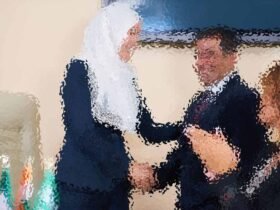
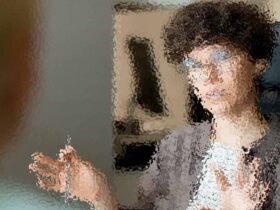
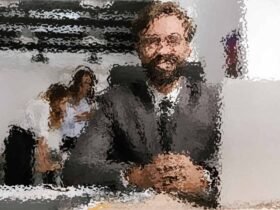
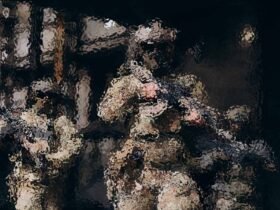
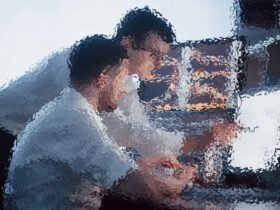



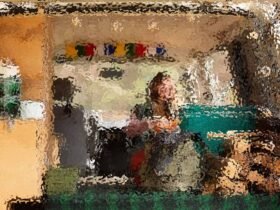

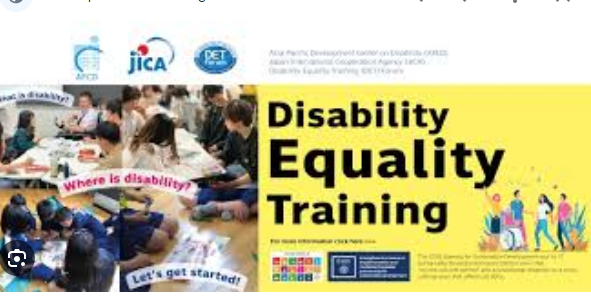


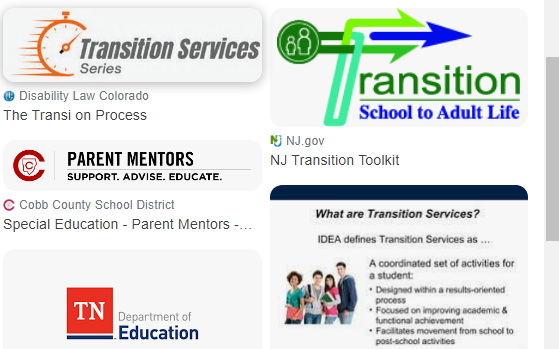
Leave a Reply